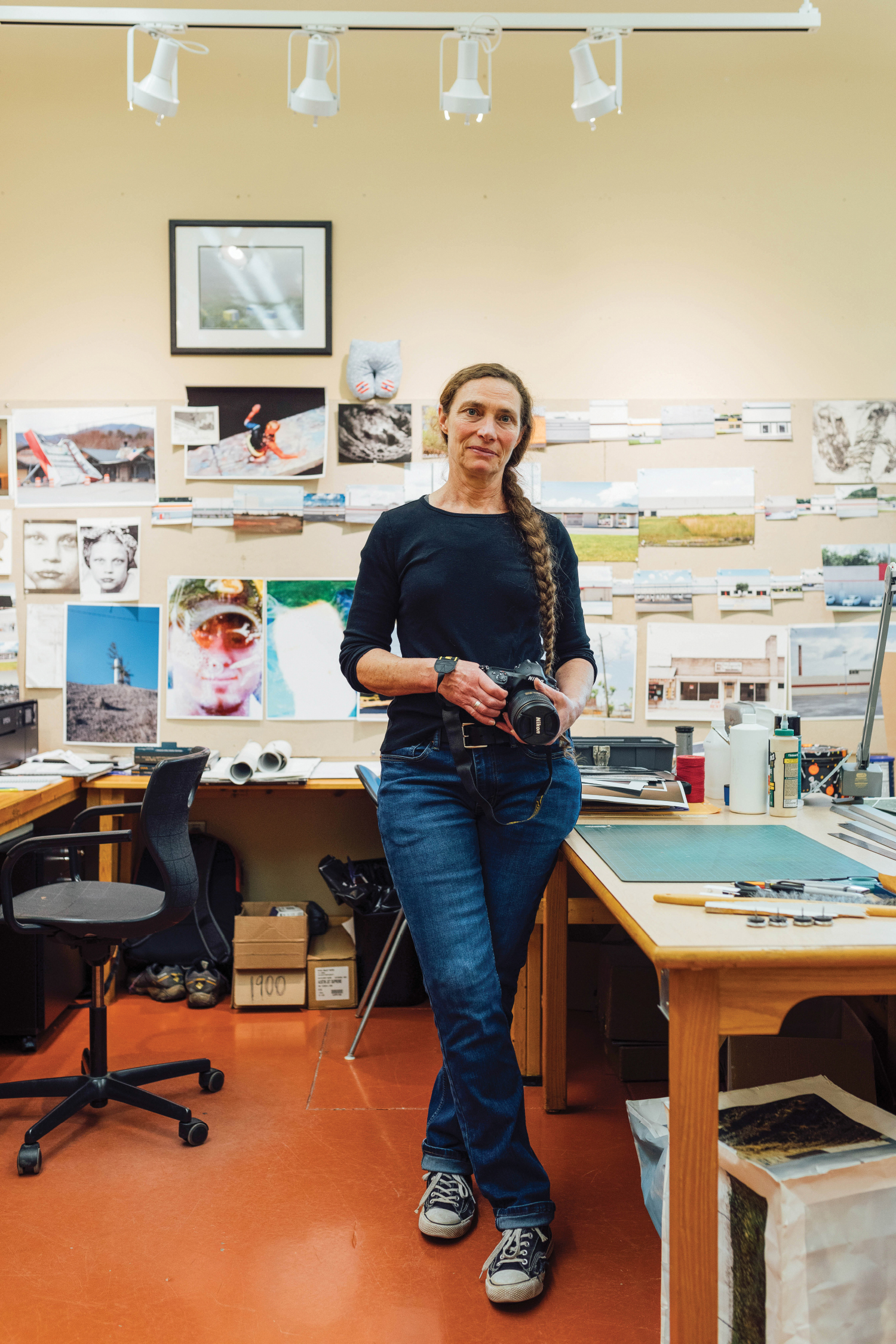
Portrait by Rachel Pressley
Studying anthropology at the University of Arizona, then working as an archaeologist for the forest service in California, Susan Alta Martin was intrigued by semiotics: the study of signs and symbols and their uses and interpretations. “I learned how to read a landscape, how to try to reconstruct what has happened there,” she says. “Everything is a symbol, everything has meaning. The baseline of where my [art]work comes from is using symbolism, everything around us, as a language.”
Martin, who teaches photography and the history of photography at Western Carolina University, lives on five-and-a-half acres 20 minutes from Cullowhee, “… in the middle of nowhere,” she says. “I spend a lot of time driving rural roads.”

It’s there that she photographs the symbols to reconstruct life and decay in remote coves or on the struggling main streets of small towns: subdivisions begun, houses framed and never completed, trees removed, hills excavated, metallic mountains of appliances discarded, the twin towers of a power plant built to loom over a Little League ballfield.
“Rural areas are sort of these literal dumping grounds for all the stuff urban areas don’t want,” Martin explains. “The power plants, mines, factories, old refrigerators.”
Her series “2nd Floor Main Street” features images from the top floor of a building in Sylva that was once a hotel. “There were lots of rooms on the second floor with all these chairs from different eras. They’re useful but no longer used. They cost too much to take to the dump, so they’re just there. So many small-town main streets have these two-story buildings with second floors full of stuff no one wants.
“That was such a metaphor for me of all these businesses that have gone from these rural areas, and people have lost their jobs. They are still useful people — but we have nothing for them to do.”
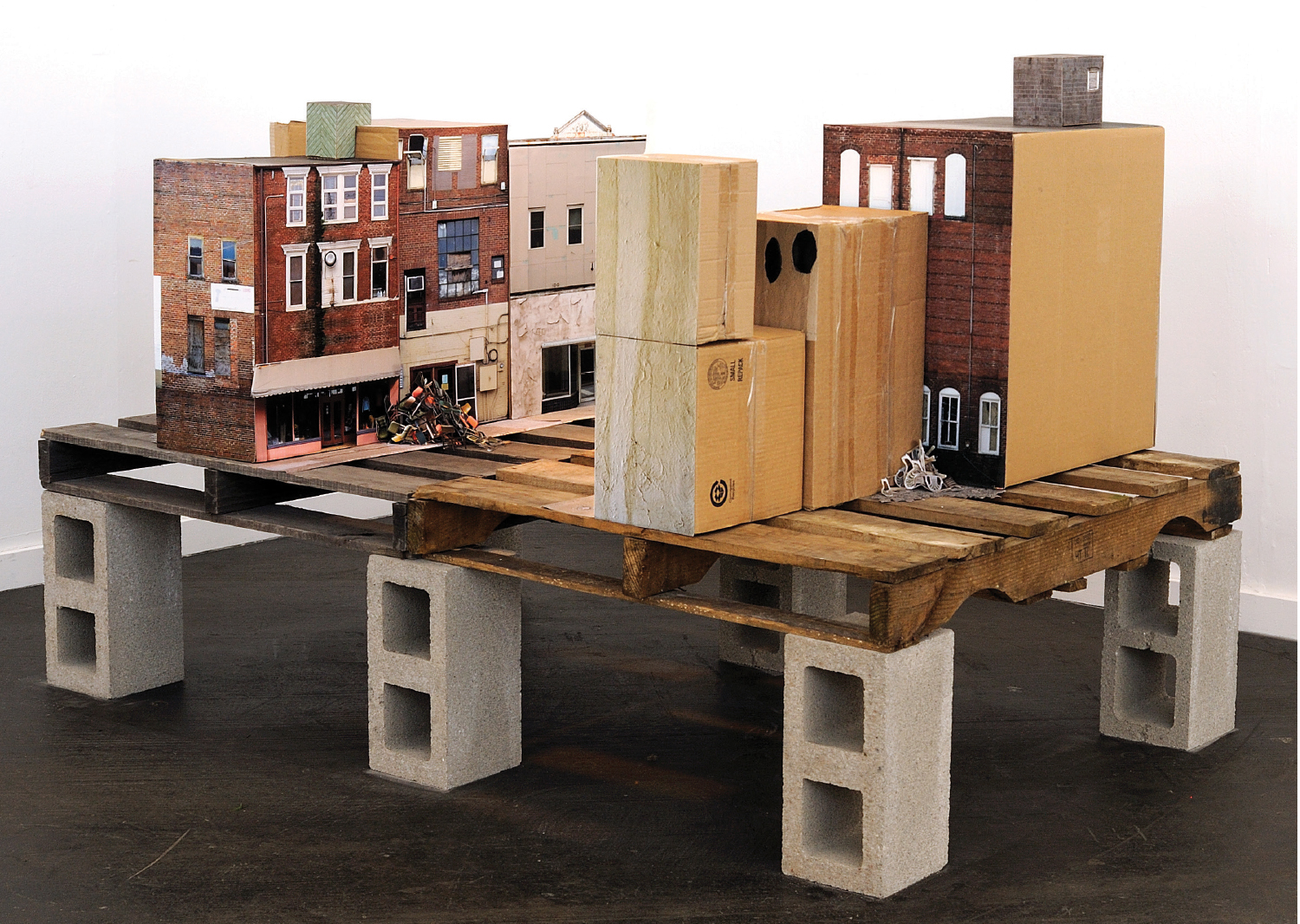
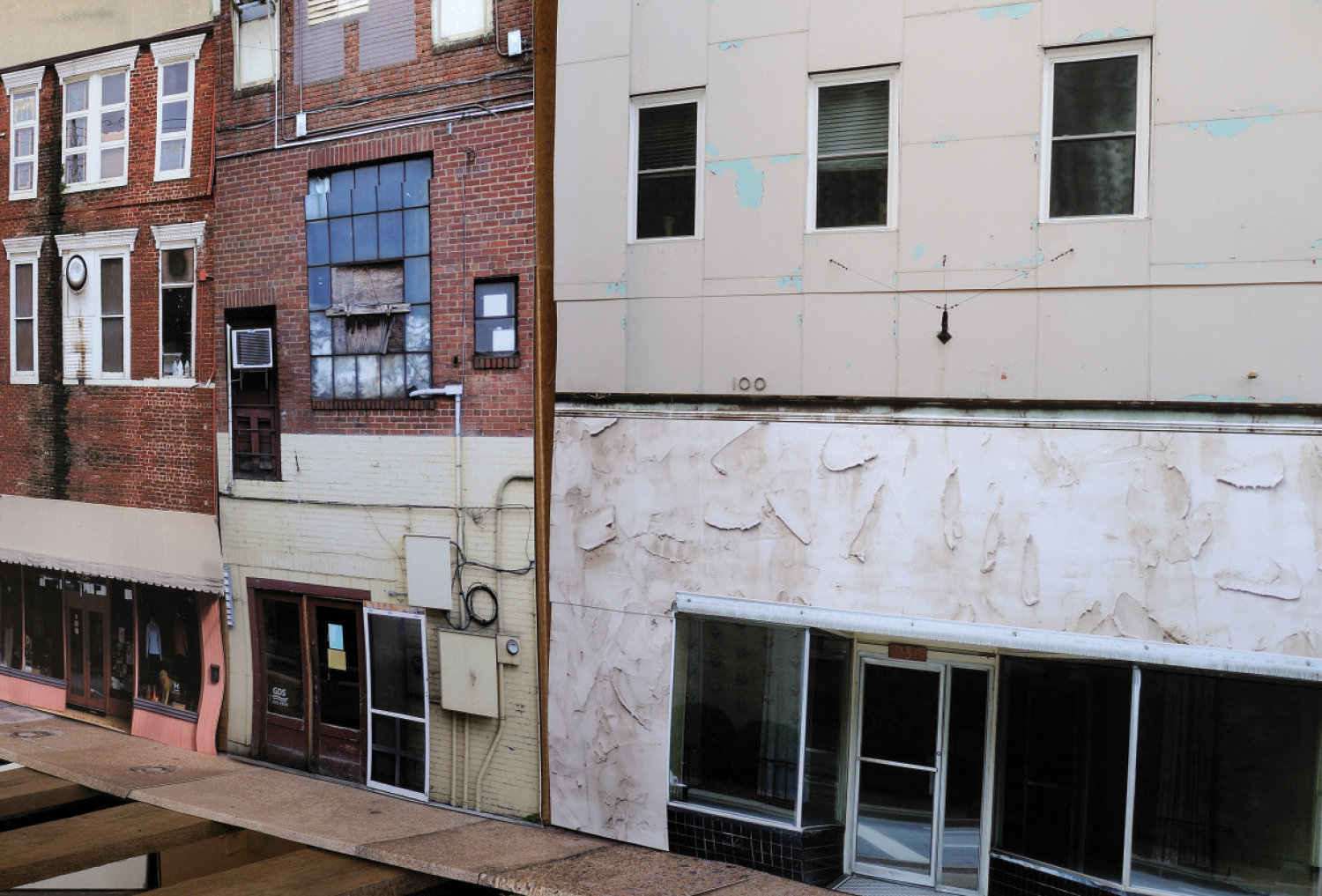

“News Stories,” a series directly inspired by local newspaper The Sylva Herald and Ruralite, provides the jumping off point for Martin’s sculpture. “I start with what we think is a factual story in the newspaper and create a new narrative. I go to the site of the story, take pictures — collecting artifacts in a sense — bring them back to my studio, add some things, subtract some things, rearrange some things and create an interpretation.”
Martin then prints the photos and constructs the sculpture, sometimes sewing the parts together. “Drowning Car” depicts a rusted car plunged into a raging river, its banks fully swathed in kudzu. “In the [newspaper] story, it was reported that a woman drove her car into the river. I combined her drowning with what I felt were two other drownings: The construction in the area put so much silt in the river that a lot of fish were struggling, and the kudzu had swallowed up all the trees.
“I like 3-D things because they are really hard not to look at. People are fascinated by models. I hope minimally [that] people will look at my work and try to figure it out. Maybe they won’t take it as far as I do, but whatever level they get to is fine.”
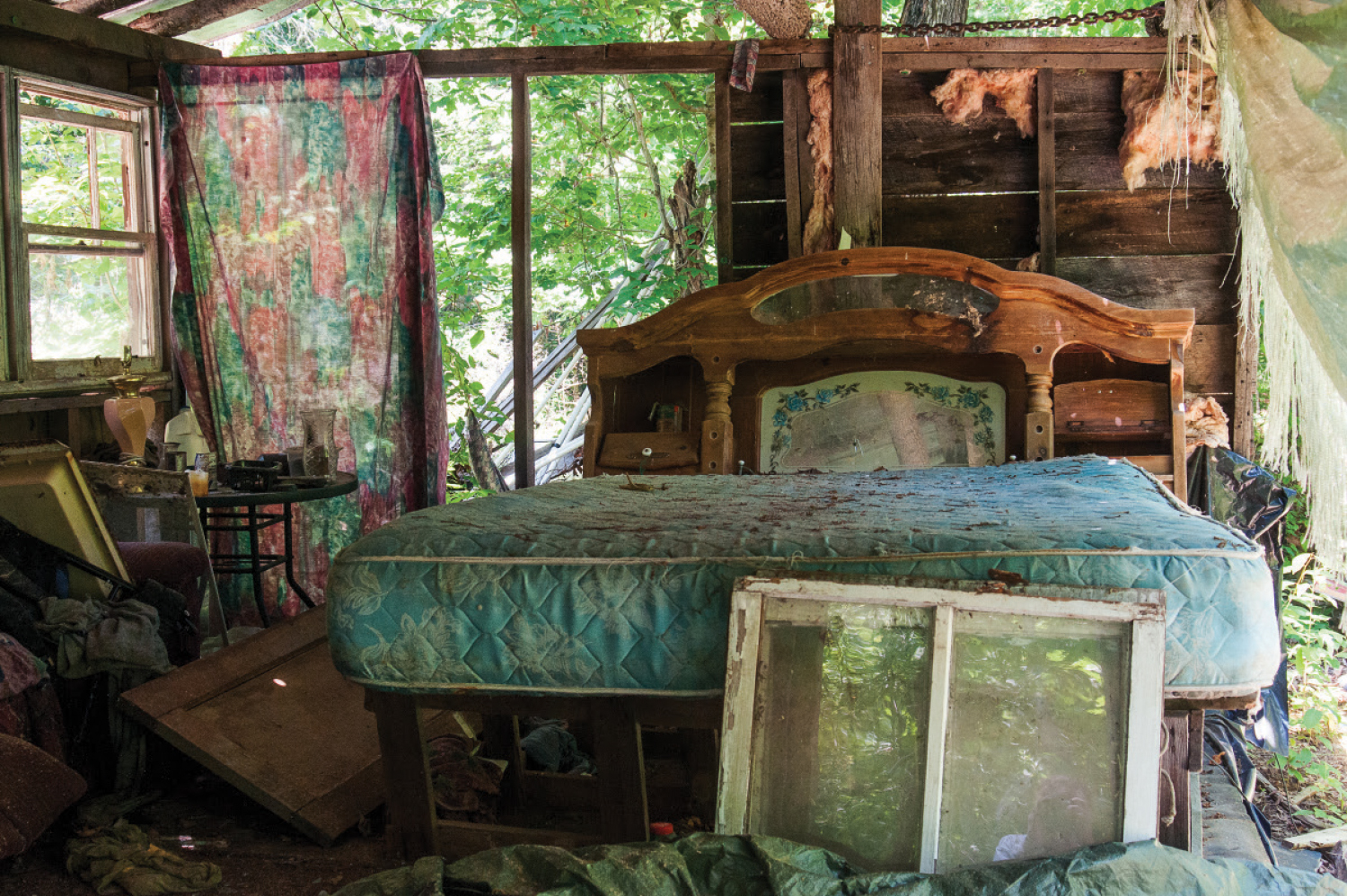
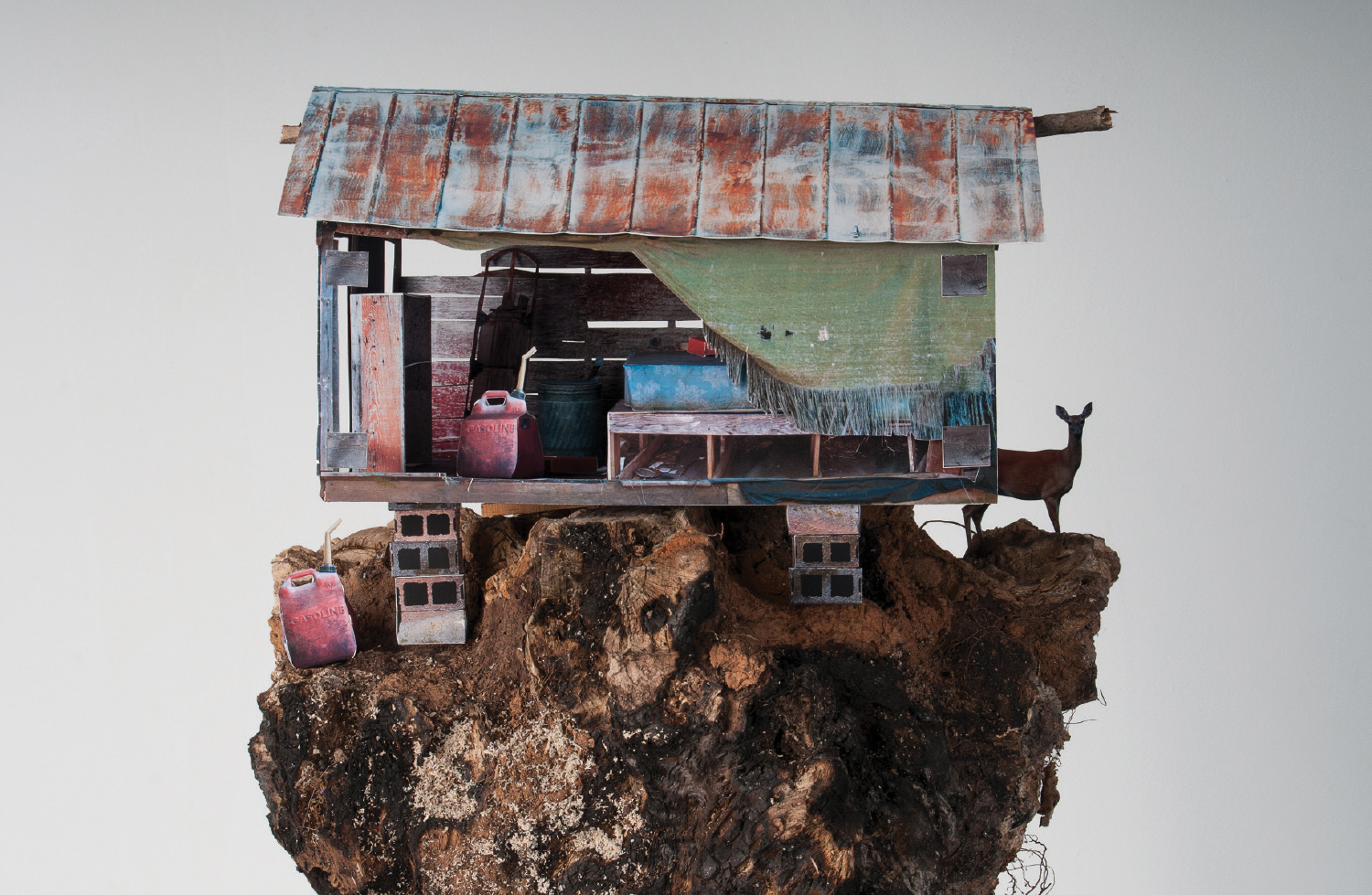
“SEEM: New work by Stacey Davidson and Susan Alta Martin” will be on exhibit at Upstairs [Artspace], 49 S. Trade Street, Tryon, through Friday, May 3, with an in-depth artists’ talk at 7pm on Tuesday, April 16. For time and more information, call (828) 859-2828, see upstairsartspace.org, or check out the gallery’s Facebook page. www.susanaltamartin.com.